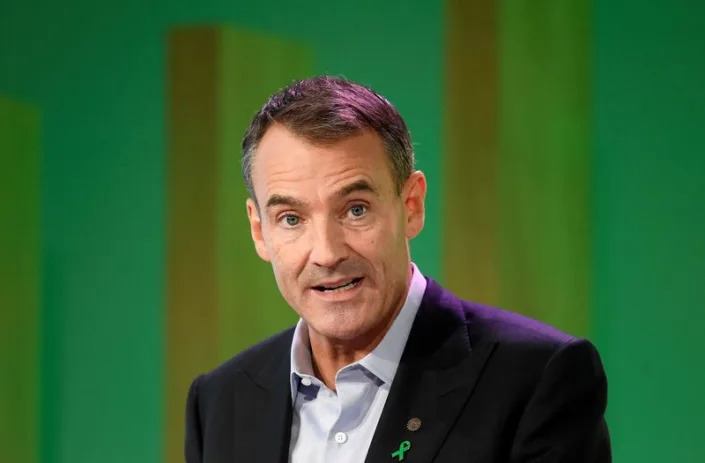JAMES BROOKS and FRANK JORDANS
Wed, March 8, 2023
COPENHAGEN, Denmark (AP) — Denmark is cutting the ribbon Wednesday on an ambitious project to bury vast amounts of planet-heating carbon dioxide gas beneath the sea floor.
An international consortium of companies says the Greensand project in Denmark's North Sea will be the world’s first cross-border CO2 storage project.
Initially it will see 1.5 million metric tons of the greenhouse gas buried in a sandstone reservoir 1.8 kilometers (1.1 miles) below the seabed each year, rising to 8 million tons per year by 2030.
In a recent report, the United Nations Intergovernmental Panel on Climate Change said carbon capture and storage technology has to be part of the range of solutions to reduce emissions and curb global warming.
But critics of carbon capture and storage maintain the technology is unproven and undermines efforts to decarbonize the energy sector.
The project is led by chemicals giant INEOS and gas and oil producer Wintershall Dea.
___
Jordans reported from Berlin.














